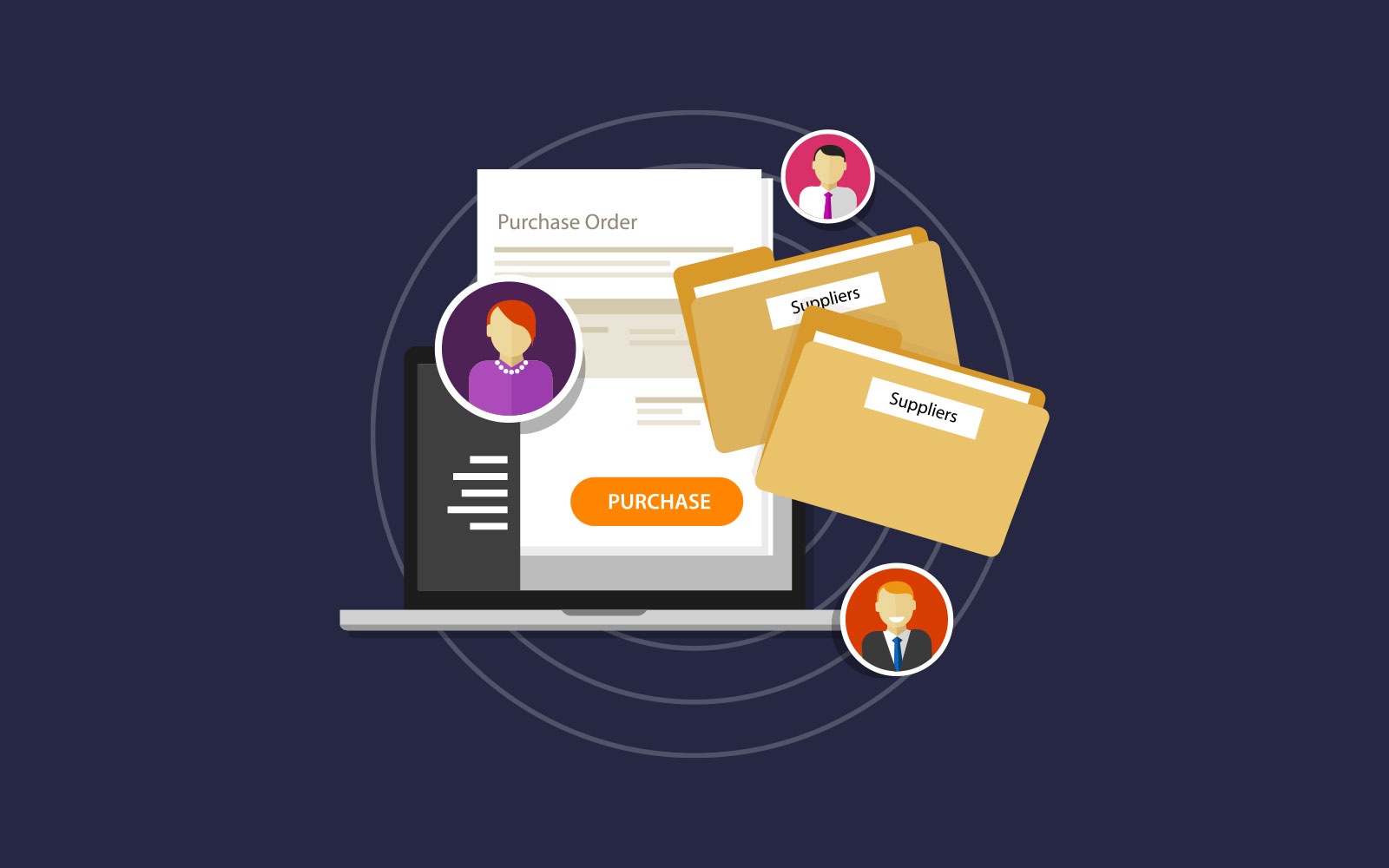
Sourcing, by definition, implies either obtaining or determining where something can be obtained.
eSourcing employs technology to enable you to conduct your sourcing operation online, resulting in faster, smarter, and more diversified tender options. eSourcing systems, also known as eTendering, provide a reliable environment for strategic sourcing teams to automate and develop their procurement processes. eSourcing tools are being used to discover the most suitable and efficient suppliers in the industry, allowing organisations to save time & expense.
The Importance of eSourcing
The eSourcing method is an important element of the entire eProcurement process. As globalisation continues to evolve, handling tender opportunities demands the use of specialised internet-based solutions to help simplify procurement systems. eSourcing is frequently seen as the cornerstone for a company’s long-term supply chain success.
eSourcing entails inviting forward-thinking, modern suppliers to an online tendering process, gathering information from the suppliers, and making an intelligent data-driven decision on the tender answers provided. You can quickly assess your conclusions and start the contract management phase with your preferred suppliers.
The Main Use Methods of eSourcing
eSourcing platforms augment and enhance the tender process. We’ll look at some typical examples of their use below.
RFI – Request For Information
The release of comprehensive RFIs often starts the online sourcing activity and requests for information, are often known as pre-qualification questionnaires (PQQ). Before being publicly invited to any tendering event, RFIs or PQQs are used to determine the adequacy of bidders. All information is saved in your eSourcing platform, making it simple to locate supplier information and learn more about your bids.
Suppliers must submit the questionnaire to your approval before they can enter your eSourcing session, which helps you pre-screen out any inappropriate bidders.
RFQ – Request For Quotation
While going to tender, the Request For Quotation (RFQ) process may be helpful in determining current market prices. You may quickly send out RFQs to your network of suppliers that have previously filled out RFIs using your eSourcingplatform. Now that you have your quotations, you can use them to set opening points for your eSourcing sessions, which is useful for organisations with strict budgets, defined requirements or simple, non-complex tenders.
RFP – Request For Proposal
A request for a proposal may be preferable to an RFQ.
This is usually a request for a formal document that contains information on the proposal’s relevance to the project. An RFP will tell you how the supplier will provide the specified services and how that might affect their bids.
The main benefit is that an eSourceing platform can be used to host the RFP, answer questions in a collaborative space and allow for simpler comparison of RFPO responses.
RFPs are preferred by many businesses over RFQs due to their complex sourcing requirements. An example is that requests for proposals are frequently used by governments because they provide a clearer view of how competitive a complex contract-based offer is in contrast to a simple “widget-based” buying process that is more centred around costs of basic goods.
eAuction
You might intend to consider hosting a competitive eSourcing activity, such as an eAuction after you have a pool of suppliers and their estimates.
eAuctions are a type of digital tendering in which bidders compete in dynamic competitive bidding. eAuctions are frequently used to determine the best price for products or services in the marketplace. This may be accomplished in a variety of ways, but the potential for competitors to compete against one another for an extremely competitive value is common to all forms of bidding.
Reverse and Forward eAuctions
Suppliers compete to offer goods or services to a customer in reverse auctions.
A reverse auction is a type of auction in which the traditional roles of buyer and seller are reversed. Thus, there is one buyer and many potential sellers. In an ordinary auction also known as a forward auction, buyers compete to obtain goods or services by offering increasingly higher prices.
In a reverse auction, suppliers are encouraged to submit their lowest offer after you’ve specified what you want to buy. Reverse auctions are an excellent way for buyers to get the greatest price in the market and save money.
Price, although used in the example above, does not have to be the sole consideration when conducting a reverse auction. You have the option of awarding your contract to either of the suppliers that submitted bids. Other variables, such as service levels, quality, and so on, may influence your decision. The eSourcing platform enables you in achieving best value – striking a balance between lower cost and greater quality.
Open, Ranked, and Japanese eAuction
eSourcing platforms may also allow for suppliers to view the winning bid from their competitors in open tenders. Every supplier is aware of their position in real-time, which creates a fair playing field and encourages them to submit competitive bids.
When multiple bids are expected around the same price level, ranked auction functionality might be used. Suppliers are evaluated in ranked auctions depending on how their bid compares to other live bids. The ranking system, like open auctions, can affect competitive bidding, with suppliers attempting to lift the ranking board by making better offers.
Japanese auctions work by weeding out suppliers that can’t match your budget requirements, giving you more control. Suppliers must reach a predetermined tender value or they will be excluded from the competition. Because the value drops over time, the supplier must choose whether to maintain the value or exit the process at the end of each cycle.
In Conclusion
eSourcing is the term given to technology-enabled sourcing, achieved by using cloud-based software to provide a platform to host and handle your procurement processes. It is designed to make these processes simpler, decisions more data driven and your teams more effective and efficient in their roles.





